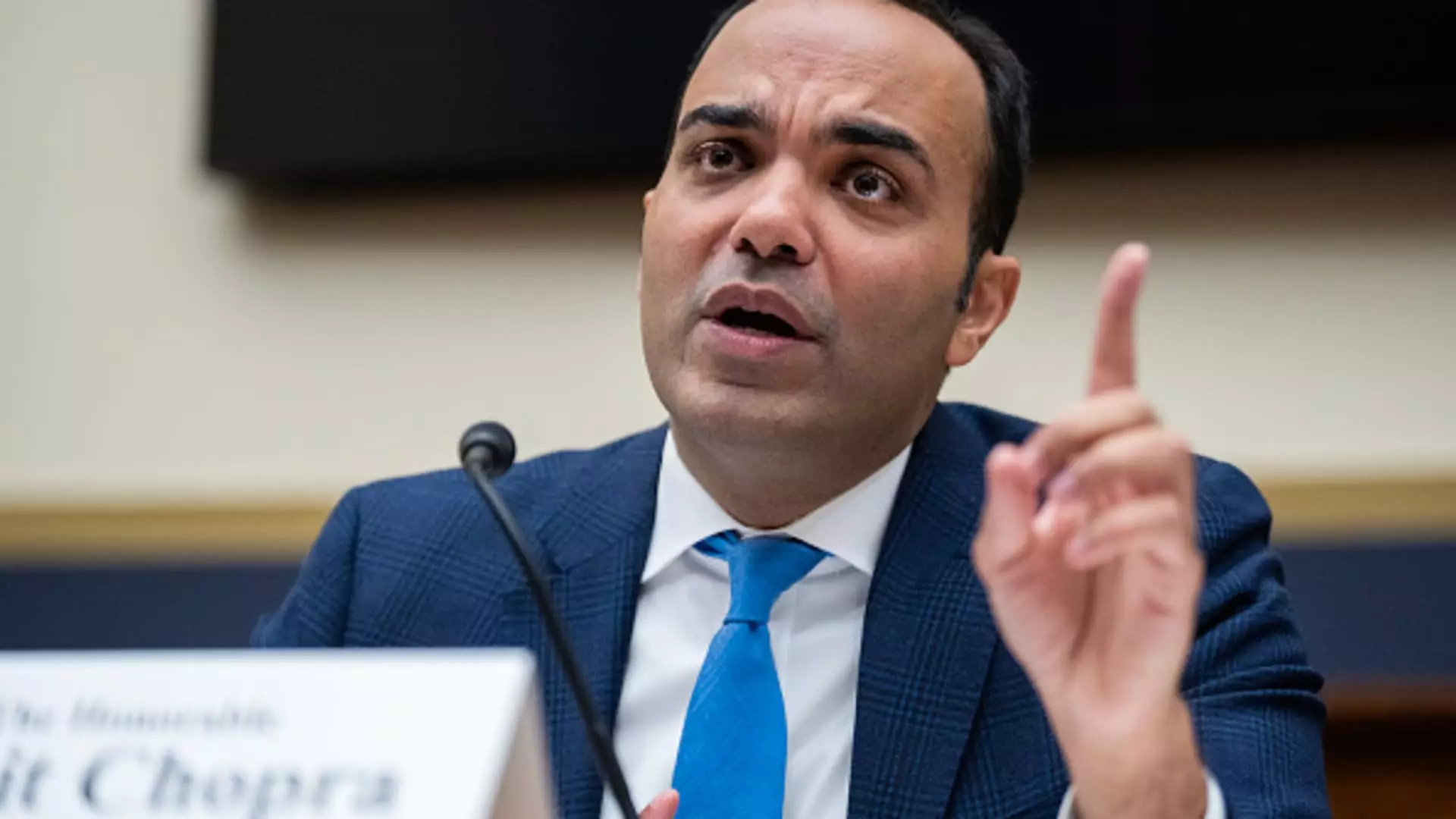Overdraft fees have long been a contentious issue in the American banking landscape. They represent one of the most criticized revenue streams for banks, raking in billions of dollars from consumers who occasionally mismanage their finances. The Consumer Financial Protection Bureau (CFPB) has recently released a pivotal rule aimed at curbing these exorbitant fees, essentially changing the framework within which banks operate their overdraft policies. This initiative, while met with skepticism from banking institutions, is expected to better protect consumers and alleviate some of the financial burdens many face.
According to the CFPB, the newly established rule aims to save American consumers an estimated $5 billion annually. Under this legislation, financial institutions will have the option to charge a nominal $5 for overdrafts—a sharp contrast to the previous median fee of approximately $35 per transaction. Additionally, banks can impose fees that merely cover their costs or charge a different fee while clearly disclosing the interest rate attached to any overdraft loans. The shift indicates a recognition that consumers should not be unduly punished for minor errors in account management.
Rohit Chopra, the CFPB Director, asserted the importance of these changes, stating that large banks have exploited legal loopholes to extract funds from consumers. The rule represents a significant crackdown on what many have deemed “junk fees,” which have eroded the savings and finances of everyday Americans. The continued dominance of overdraft fees in banking revenue streams, which accounted for over $280 billion since 2000, highlights the urgency for reform.
While the proposed rule offers a significant win for consumer protection advocates, it has also triggered dissent from major banking associations. Institutions like Bank of America and JPMorgan Chase have recently reduced or eliminated overdraft charges, suggesting that some banks recognize the need for adjustment in response to consumer sentiment. However, banking groups collectively argue that regulating these fees could inadvertently reduce consumer access to essential services, potentially driving them into the arms of predatory lending options such as payday loans.
The Consumer Bankers Association has signaled their intent to challenge the rule, expressing concerns that it may create unintended consequences for consumers who rely on overdraft protection as a financial safety net. This backlash reflects an ongoing tension between the necessity of consumer protections and the profitability of banking institutions.
The effectiveness and implementation of the CFPB’s overdraft fee rule are set to take effect on October 1, 2025, a timeline that allows for potential revisions depending on the political climate. Following the recent electoral victories that may alter the structure of the CFPB leadership, it remains uncertain whether the incoming administration will maintain, amend, or scrap the current rule. The political reality suggests that industry lobbying could significantly influence the final outcome, leaving American consumers vulnerable to fluctuating policies.
As observed, previous efforts such as capping credit card late fees at $8 faced legal delays, raising questions about the effectiveness of regulatory bodies in enforcing meaningful change. Additionally, the risk is real that administrative turnover may result in a regression to less consumer-friendly practices that prioritize bank profits over consumer well-being.
While the CFPB’s rule is a progressive step in the right direction for consumer rights and financial protection, it is essential for consumers to remain vigilant. The ongoing battle between consumer advocacy and banking profit motives signals the need for continued reform and oversight. As the implementation date approaches, stakeholders from all sides will likely become increasingly active, shaping the future landscape of overdraft fees in American banking.
Ultimately, the success and sustainability of this rule hinge not only on regulatory enforcement but also on the engagement of informed consumers willing to advocate for their rights. The journey toward fair banking practices is ongoing, and as the financial world evolves, so too must the mechanisms aimed at protecting those who navigate it.

